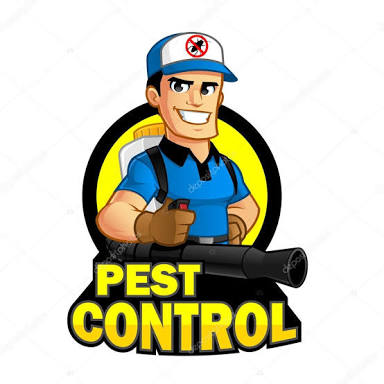(as contained in the environmental Health Practice Regulation 2016)
EQUIPMENT AND MATERIALS:
Minimum requirements to start operations includes:
i. Knapsack Sprayer (3)
ii. Fogging Machine (2)
iii. Swing fog Machine (1)
iv. PPEs (Coveralls sets, safety boots, nose masks, safety eye googles, etc)
v. Chemical formulations intended for use... including rat baits, rodenticide, anti snake, weed killers, and all pesticides
1.) OFFICE AND FACILITIES LAYOUT:
i. Adequate office space
ii. Bath room/toilet:
iii. Cloakroom: Check to ensure there is provision for adequate cloakroom where spray men are expected to keep there clothes and other personal belongings.
iv. Adequate water supply:- Check to see if there is adequate water supply source
v.) Chemical storage room: This must be adequately lighted and ventilated.
All chemicals must not be on stored on bare ground. Chemicals must be properly labeled.
vi) Chemicals storage rooms must be out of bounds to untrained personnel and visitors.
2.) PERSONNEL:
Any pest control outfit to be registered shall have a minimum of 2 spray men.
Note: The head of operations of the pest control company must be registered by the Council (EHORECON)
TRAINING OF EMPLOYEES:
The registered head of the pest control outfit who may also be the lead pest control operator, shall ensure that all his/her personnel are fully briefed and trained so that they are conversant with the following:
i. The requirements of this regulation and such other similar regulations.
ii. Safe handling of pesticides and equipment
iii. Safe use of Personal Protective devices such as face mask, hand gloves, eye goggles, boots, overall, nose mask, ear muffs, helmet.
iv. List of approved pesticides. This is very crucial such that the registered pest control outfits would be conversant with extant approved chemicals for pest control.
It is the mandatory responsibility of the Environmental Health Authority to carry out periodic training, workshops, seminars with requisite certifications etc to update all registered pest control outfits and also ensure that only approved chemicals are employed. In the same vein, the supervising environmental Health Officers must ensure that the final chemical formulations to be employed are not overly diluted and the potency not compromised during mixing.
NOTE: You may face prosecution for applying banned chemicals in your pest control practice.
5.) HANDLING OF PESTICIDES AND SAFETY OF SPRAY MEN:
i. In addition to provisions of section 10 of the Policy Guidelines on Pest and Vector control issued by Federal Ministry of Environment, 2005, the use of all chemical pesticides for pest control shall be done with extreme caution.
ii. All chemicals to be used shall conform with specification as contained in section 8.3 of the Policy Guideline on Pest and Vector control issued by Federal Ministry of Environment, 2005 and in Schedule X of this regulation.
iii. No pesticides as contained in Schedule XI of this regulation shall be used for pest control. They are banned.
iv. Facilities must be provided for first aid treatment of spray men and cases of accident or for prompt medical attention to a recognized hospital.
v. Spray men and the head of operation must produce medical report of fitness once every six (6) months from a recognized medical practitioners.
vi. All equipment used for formulation of pesticides shall be properly washed and cleansed, and stored in such a way that would not constitute danger of health of the public or pets.
DO NOT ALLOW UNTRAINED PERSONS TO ENTER CHEMICALS STORAGE ROOM OR GET INVOLVED IN THE PEST CONTROL EXCERCISE, UNLESS THEY HAVE BEEN TRAINED AND CERTIFIED.
DISPOSAL OF KILLED PEST
i. Killed pests shall not be disposed of as part of the domestic wastes but shall be considered as special wastes and be disposed of as such.
ii. Killed pests including rodents, cockroaches, etc shall be disposed of by burial under the ground or incinerated
iii. Such disposal shall not be done within a distance of 30m to a source of ground or surface supply.
RESPONSIBILITIES OF CLIENTS
1. Owners of premises infested with pest of public health importance must report such infestation to the Environmental Health Authority.
Below are chemical formulations approved by WHO as domestic pesticides. Theses are pesticides that are recommended forresidential/office applications for best results





No comments:
Post a Comment
We need your feed back on our topics please